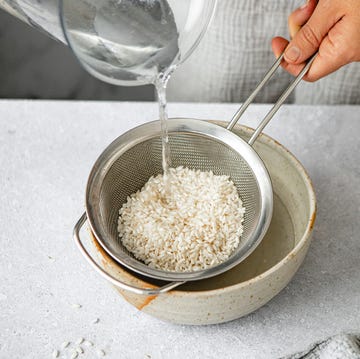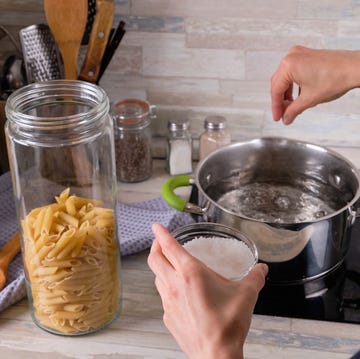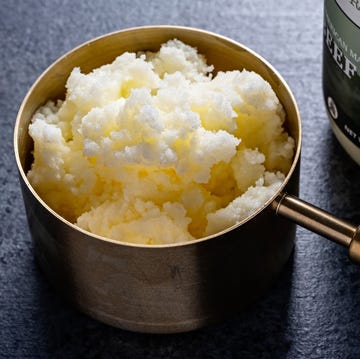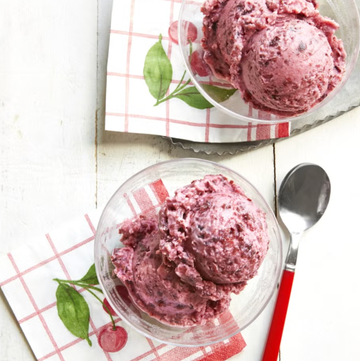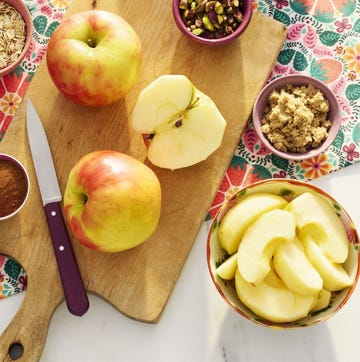Did you know that chicken is the most consumed type of meat in the United States? It's true! It's been steadily on the rise for decades, surpassing beef and pork. It's easy to see why, too: It's lean and healthy, easy to cook, and super versatile. Just think of how many chicken dinner recipes you can make in any given week!
Like any animal protein, you should follow some safely rules when handling it to avoid foodborne illness from bacteria, most notably salmonella (the same reason you shouldn't use cracked eggs). You should defrost it properly, wash your hands in between handling raw chicken and other ingredients, and cook it to an internal temperature of 165 degrees whether you're making chicken wings, drumsticks, breasts, or a whole chicken.
But there's one controversial topic that often makes the rounds on the internet: Should you wash chicken before you cook it? It makes sense why you would, right? Often times when you take it out of the package from the store, it can be rather, um, slimy to say the least. So what do the experts have to say? You might be surprised.
Should You Wash Chicken?
According the USDA, no, you should not wash your chicken before you cook it. Shocked? It makes sense if you think about it: "Some consumers think they are removing bacteria and making their meat or poultry safe through washing. However, some of the bacteria are so tightly attached that you could not remove them no matter how many times you washed." That includes avian influenza, also known as the bird flu. The only way to kill the bacteria on chicken is to cook it to a minimum temperature of 165 degrees.
It's not just the chicken itself, either."There are other types of bacteria that can be easily washed off and splashed on the surfaces of your kitchen. Failure to clean these contaminated areas can lead to foodborne illness." So you could easily be doing more harm than good and cause yourself more work with extra cleanup if you do want to wash your chicken.
How to Wash Chicken Safely
Okay, so maybe you're grossed out by those weird pink juices in the packaging and/or need a dry chicken surface for your recipe. In that case: "If there is anything on your raw poultry that you want to remove, pat the area with a damp paper towel and immediately wash your hands," notes the USDA.
If you're still having a hard time with the USDA recommendations (as they put it, "our science, your choice") and still want to wash your chicken, their friends over at the CDC have some additional safety advice:
- Run water gently over the chicken to reduce splashing.
- Immediately clean the sink and the area around the sink with hot, soapy water and sanitize them thoroughly.
- Wash your hands for 20 seconds.
As mentioned, you should always wash your hands in between handling raw chicken and any other task, regardless if you wash your chicken or not. "Wet your hands with water, lather with soap and then scrub your hands for 20 seconds," as suggested by both agencies. Then be prepared for a winner winner (safe) chicken dinner no matter what recipe you make!



